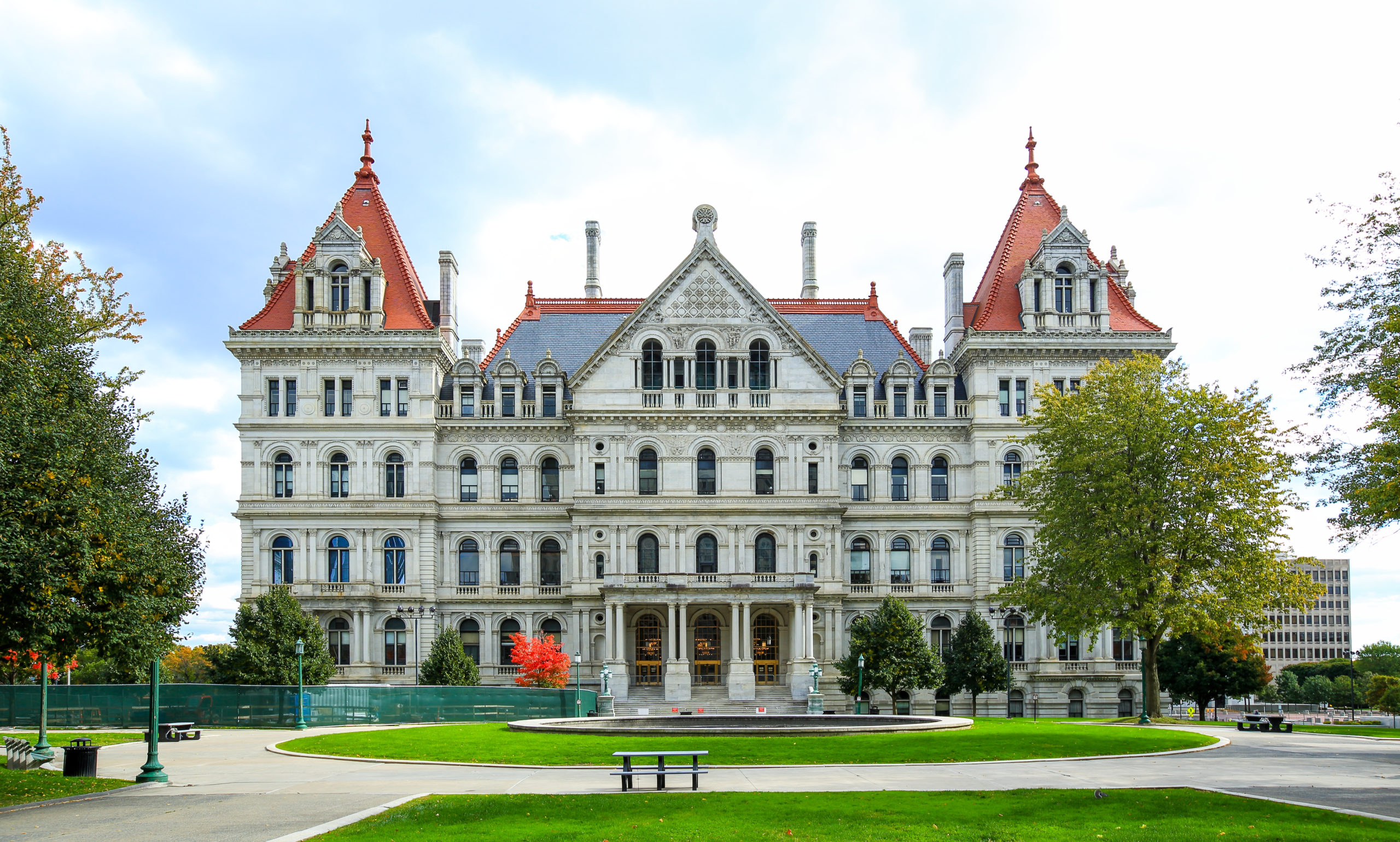Earlier this week, Governor Kathy Hochul delivered her State of the State address as the first woman to be elected Governor of New York. That is worth celebrating. But as the Governor herself has said, “I’m not here to make history, I’m here to make a difference.”
The State of the State serves as the Governor’s roadmap for the year, highlighting her priorities for attention, funding, and other resources. Public safety and affordable housing were the big themes of her address. She also announced a welcome $1 billion investment in mental health, among other health issues.
Here are some of the things I’m most excited about in Governor Hochul’s priorities for the year — and a few items that should’ve been on the list:
Medical debt relief: Medical debt has rightly been called “a uniquely American injustice,” and New York has been making important strides to address it. Last year, Governor Hochul signed into law measures to (1) prohibit the extreme billing practice of placing liens on patients’ homes and garnishing wages and (2) ban hospital facility fees for preventive care and require advance notice to consumers for instances in which fees will be charged. Now, she is laying out a broader plan to address medical debt, including new requirements to standardize hospital financial assistance applications, enhanced price transparency measures, and educational campaigns aimed at both consumers and industry leaders.
Enhanced access to primary care: Primary care is among the best bangs for the buck in health care; it is associated with better health and it saves money. The Governor proposes to strengthen the primary care workforce by providing sustainable reimbursement for community health workers, or CHWs, through Medicaid. New York State’s 7,000 or so CHWs are frontline public health workers who are trusted members of their communities; more than half of CHWs are people of color. CHWs are associated with improving access to care and health outcomes, addressing social determinants of health like housing and food access, and lowering health care costs. Increasing support for CHWs is one thing that could expand access to primary care.
But what we really need is to rebalance our health care spending to emphasize primary care. Despite its proven value, we chronically underinvest in primary care; only about a nickel of every health care dollar is devoted to primary care. New York should join the growing number of states that have increased their investment in primary care without increasing total spending on health care. In fact, Rhode Island increased the share of its commercial insurers’ primary care expenditures by 5% and their total health care expenditures fell by 14%.
Last year, both houses of the New York Legislature passed bills to jumpstart the process of increasing primary care investment and test out programs to identify the most promising models. 2023 should be the year that such an effort gets going.
Healthy food: I’ve written before about the urgency of addressing hunger in New York State, as well as the important role that school meals play in students’ ability to learn, grow, and be healthy. Several of the Governor’s proposals would increase access to healthy food, including in schools. New York City has undertaken an ambitious effort to transform school meals from frozen and pre-prepared items to high-quality, appealing, freshly cooked meals. Governor Hochul has now laid out a statewide plan to facilitate cooking from scratch and the use of fresh New York State farm products in school meal preparation. Other proposals include the expansion of community gardens and a grants program to cover start-up costs for farmers markets, supermarkets, and food cooperatives to increase access to healthy food in communities throughout New York State.
Those are great ideas; another opportunity, universal free school meals, could further increase healthy food access. This school year, California, Maine, Massachusetts, Nevada, and Vermont are all providing free school meals to all students. Albany, New York City, Rochester, and Yonkers already provide universal free school meals to public school students regardless of income, but approximately 30% of all public school students elsewhere in the State don’t have the same access. Feeding those students would be a smart investment given the benefits associated with free school meals for all: better physical health, mental wellbeing, and academic performance; reduced stigma and shame associated with eating the school lunch; and lower costs per meal as schools can realize larger bulk discounts with more participation.
Investments in veterans’ health: Veterans are twice as likely as their civilian counterparts to experience food insecurity. Particularly since the onset of the pandemic, New York has developed creative ideas to address veteran food insecurity, including programs to deliver free meal kits to veterans and their families across the State. Now, Governor Hochul has announced plans to expand the FreshConnect program, which provides checks for veterans experiencing food insecurity to get fresh produce and other food items from farmers markets. That’s another great initiative.
Yet perhaps the most critical issue facing New York’s veteran community, veteran suicide, wasn’t addressed in the State of the State. Suicide rates among veterans are twice as high as among the civilian population. And although the rate of veteran suicide in New York State appears to have stabilized in recent years, warning signs suggest that progress is fragile: rising drug overdose deaths, firearm use in suicides, and nationwide increases in suicide deaths overall indicate that veteran suicides could again be on the rise. Ongoing efforts like the Governor’s Challenge to Prevent Suicide Among Veterans and New York State’s Suicide Prevention Task Force are focusing energy, attention, and financial resources to address the problem; community-based organizations are also doing important work to prevent veteran suicide. Now is not the time to take our foot off the gas; instead, this is the moment to redouble efforts to produce a genuine and sustained decline in veteran suicide rates.
In addition to substance, this year’s address had the traditional pomp and circumstance surrounding it. Whether you like pageantry or not, it was another sign of normalcy as we approach the three-year anniversary of COVID-19. Now it is time to keep COVID in check, and to address health issues beyond the pandemic. The Governor has laid out a compelling set of priorities and missed a few opportunities. There are a lot of good ideas worthy of support and more ideas that should be on the table. As this year unfolds, we’re all ready to work together to make a difference.
By David Sandman, President and CEO, New York Health Foundation
Published in Medium on January 12, 2023



